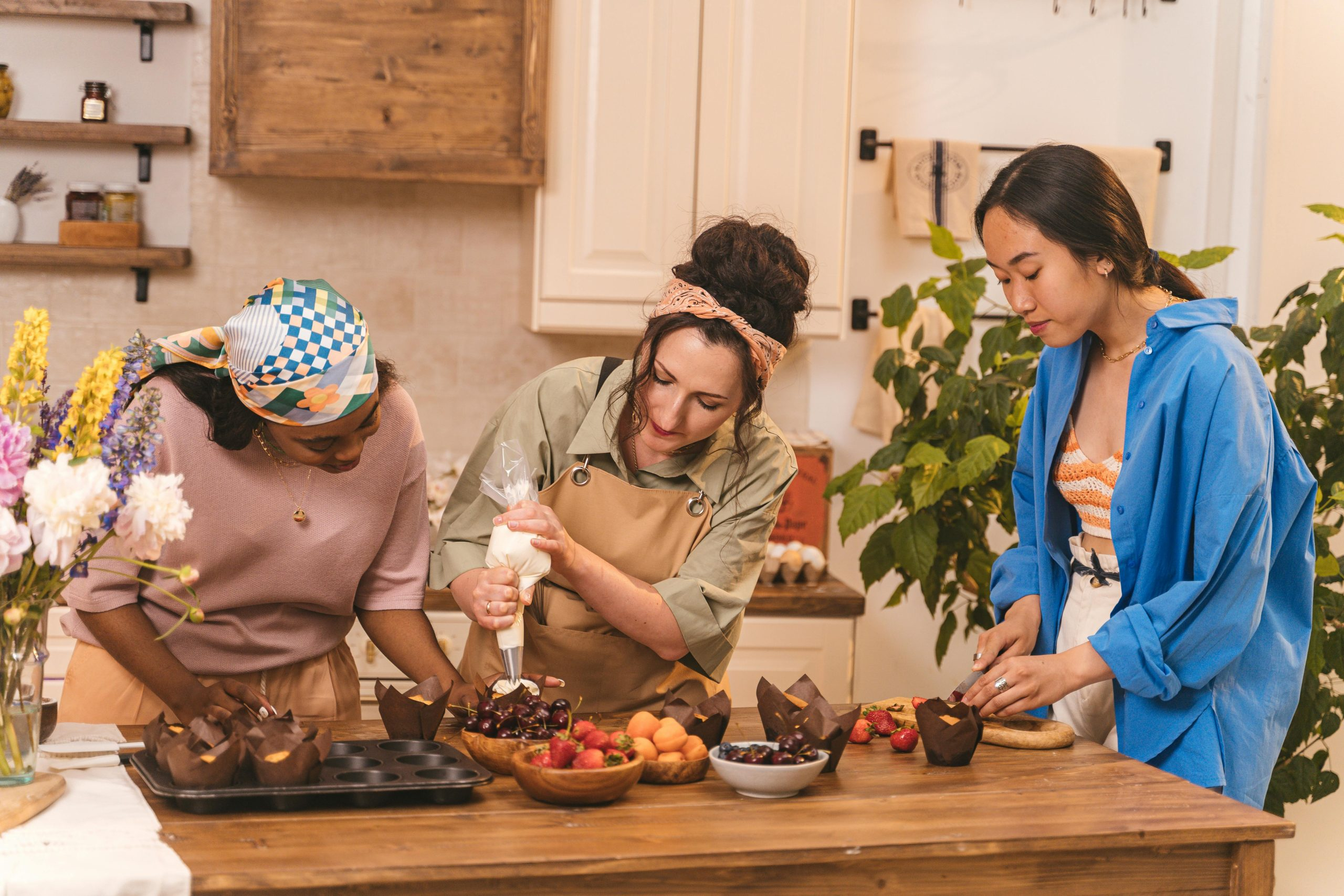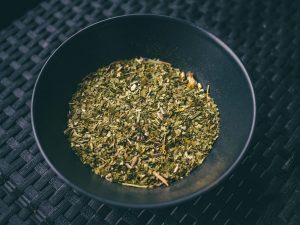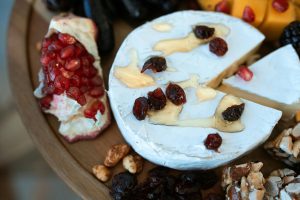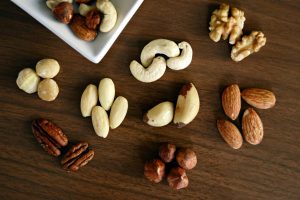Food as Art: The Blurring Lines Between Cuisine and Creative Expression
The art world has continuously evolved, expanding beyond traditional forms of expression to incorporate an array of mediums. In recent years, the culinary arts have gained recognition and appreciation as a unique form of artistic expression. Food has become more than just sustenance; it has transformed into an avenue for creativity and exploration. Chefs have found a way to blur the lines between cuisine and traditional art, resulting in a merging of two distinct worlds – food as art. Let us delve deeper into this fascinating phenomenon and explore the blurring lines between cuisine and creative expression.
The Evolution of Cuisine
Cuisine has gone through an evolution of its own, transitioning from a basic necessity to a sophisticated form of self-expression. In the past, food was merely a means to satisfy hunger, and chefs were only concerned with taste and presentation. However, with the rise of the foodie culture and the popularity of cooking shows, the culinary arts have gained a new level of appreciation and respect. Chefs are now viewed as artists, with their creations recognized as edible masterpieces.
One of the key factors contributing to this evolution is the growing popularity of social media. Platforms such as Instagram and Pinterest have turned food into a visual experience, with people eager to capture and share their meals. This has resulted in a surge of visually appealing dishes, with chefs using food as a canvas to showcase their creativity and artistry.
The Intersection of Cuisine and Art
The blurring lines between cuisine and art can be seen in various forms, from plated dishes to food sculptures and installations. Chefs are now experimenting with different techniques and ingredients to create visually stunning and thought-provoking dishes. The use of different colors, textures, and shapes has transformed food into an art form that engages all the senses.
One prime example of this intersection is molecular gastronomy, a culinary movement that combines food, science, and art. Chefs use scientific methods and tools to create innovative and visually striking dishes, challenging traditional notions of food and pushing the boundaries of creativity.
The Artistic Process
Just like traditional artists, chefs also go through a creative process to bring their ideas to life. They start with a concept or inspiration and then experiment with different ingredients, flavors, and techniques to create a dish that not only tastes delicious but also looks visually appealing. Chefs also pay attention to the presentation of their dishes, often drawing inspiration from other forms of art, such as paintings or sculptures. This process allows chefs to infuse their personal touch and create unique culinary masterpieces.
The Significance of Food as Art
The blurring lines between cuisine and creative expression go beyond just visual appeal. Food as art has a deeper significance, challenging our perceptions and opening our minds to different possibilities. It also brings together people from different backgrounds, cultures, and tastes, making food a universal language that transcends boundaries and connects us all.
Moreover, food as art also highlights the importance of sustainable and ethical practices in the culinary industry. Chefs are now more conscious of the ingredients they use and the impact their creations have on the environment. They incorporate locally sourced, seasonal ingredients, and use sustainable cooking methods to create dishes that not only look and taste good but also support a greater cause.
In Conclusion
The blurring lines between cuisine and creative expression have given rise to a new era of food appreciation. Food as art is not just a trend; it is a reflection of our evolving society and the way we view food. Chefs have brought a new level of creativity and innovation to the culinary world, transforming it into a platform for self-expression and meaningful experiences. As we continue to explore the endless possibilities of food, one thing is certain – cuisine will continue to be a form of art that inspires, challenges, and connects us all.











